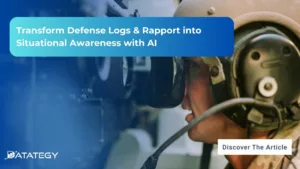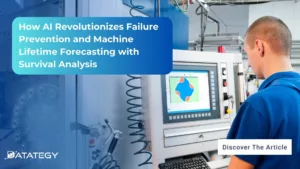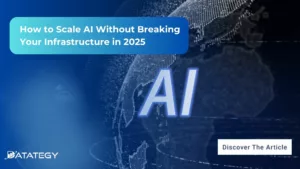Transform Defense Logs & Rapport into Situational Awareness with AI...
Read MoreArtificial Intelligence (AI) integration has become a disruptive force in the ever-changing customer service industry, completely transforming how organizations interact with their customers.
Recent studies show that LLMs may save up to 30% on customer support expenses. LLMs can free up human agents to solve more complicated consumer concerns by automating mundane processes. This may result in a decrease in the number of human agents required, saving companies money on benefits and salary.
Find out how papAI can improve the deployment of AI projects in the Retail sector here.
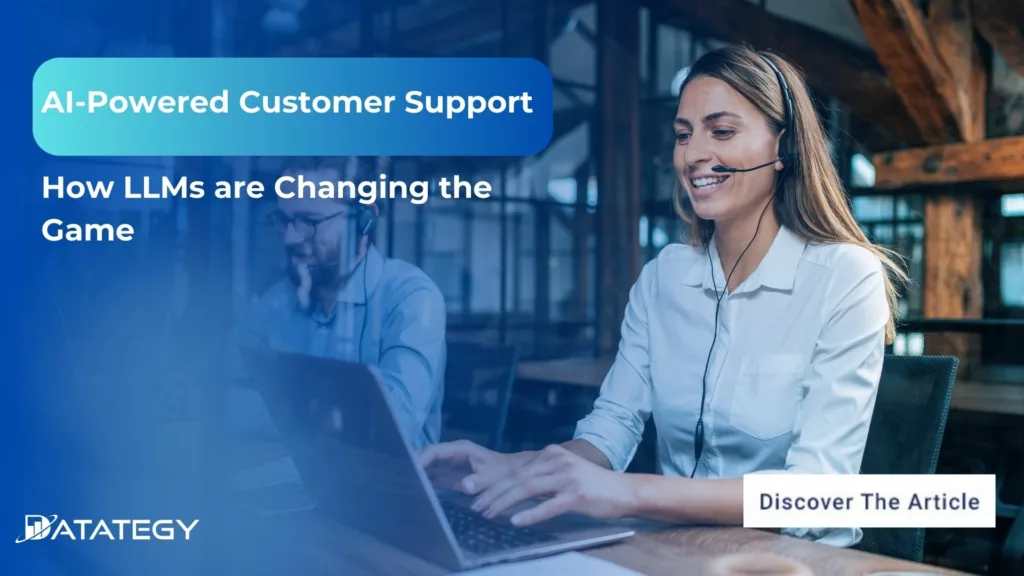
This article delves into the realm of AI-powered customer support, with a specific focus on Language Model Models (LLMs). and how papAI can be used in this context.
What does LLMs (Language Model Models) Mean?
By expanding the limits of artificial intelligence, Language Model Models (LLMs) represent a paradigm change in natural language processing. Fundamentally, LLMs are sophisticated language models that shine at contextual comprehension, which enables them to produce writing that is similar to that of humans and grasp complex linguistic patterns.
The secret is in their capacity to understand the subtleties of context; context-awareness is a key component that enables these models to provide replies that are both logical and pertinent to the given situation. Businesses are using LLMs more and more, therefore it’s critical to understand the mechanics behind them. The purpose of this paragraph is to clarify the complexities surrounding LLMs, highlighting their capabilities and the revolutionary effect they have on the development of AI-powered applications.
Key Benefits and Possibilities
Discover the key benefits of using LLMs to improve customer support:
1- Building Conversational Chatbots
Large Language Models (LLMs) require a sophisticated methodology to build conversational chatbots that make use of their enhanced features. LLMs are the foundation for comprehending and producing text that resembles that of a human, like OpenAI’s GPT-3. The model is first trained on a variety of datasets, exposing it to a wide range of linguistic patterns and contextual subtleties.
Tailored outputs are ensured by fine-tuning the model to certain use cases, such as producing content for blog posts, articles, and product descriptions. In order to comprehend user inquiries and enable the chatbot to precisely determine the objective of each encounter, it is imperative to integrate intent recognition algorithms. It becomes essential to govern dialogue in order to guarantee thoughtful and appropriate replies.
2- Creating Text for Articles, Blogs, and Product Descriptions
Crafting product descriptions, blog entries, and articles may be transformed by utilizing Large Language Models (LLMs) for text generation. Businesses may automate and improve their content production processes using models like OpenAI’s GPT-3.
The model can create writing that is human-like and consistent with the tone and messaging of the brand because of its vast exposure to a variety of language patterns and styles. Based on the input given, the chatbot may create captivating narratives for product descriptions that showcase features and benefits in a dynamic manner. The LLM-powered chatbot can summarise content for blog posts and articles, making sure it is coherent and pertinent.
The secret is to fine-tune the model to comprehend the unique context and subtleties related to the brand, so that the material that is produced smoothly fits in with the planned communication objectives. The end product is an effective AI-driven system that upholds a high degree of linguistic quality while streamlining content development procedures.
3- Multi-chat Language Approaches
Using Large Language Models (LLMs) to facilitate multilingual communication is a game-changing development in the global removal of linguistic barriers. These sophisticated language models—such as OpenAI’s GPT-3—allow programs to successfully negotiate the complexities of many languages. For companies and organizations looking to effectively interact with a global audience, this competence is essential.
The capacity to provide material in several languages guarantees that the information is comprehensible and relevant to a wider range of users, whether it be for product descriptions, blog entries, or articles. This creates new channels for businesses to reach out to global markets in addition to enabling a more inclusive and customized user experience.
Regardless of the language preferences of users, the richness and relevancy of material are improved by LLMs’ capacity to adjust to various linguistic subtleties. This results in a deeper level of connection.
4- Enhancing Sentiment Analysis
In order to comprehend and react to user interactions, using Large Language Models (LLMs) for sentiment analysis and consumer feedback is essential. These powerful language models are excellent at identifying the sentiment and emotional tone that are ingrained in text, giving businesses crucial information about how their customers perceive them.
Businesses can measure consumer happiness, pinpoint areas for development, and quickly resolve issues with advanced sentiment analysis. With the use of LLMs, it is possible to analyze client feedback from a variety of sources, including emails, social media postings, and product reviews, in a more thorough and effective manner.
This not only streamlines the process of understanding customer sentiment but also empowers businesses to make data-driven decisions
AI for Retail: A Comprehensive Guide to Choosing the Best Solution for Your Business Needs
When choosing an AI solution, consider factors such as integration with existing systems, data privacy and security, compatibility with your business needs, and scalability. By carefully evaluating these factors, you can choose an AI solution that will help your retail business thrive in an ever-changing market.

How Can We Use papAI to Fine-Tune LLMs?
Fine-tuning Language Models (LLMs) is essential to enabling new levels of complexity and adaptability in the field of context-aware generative artificial intelligence. This approach refers to the process of fine-tuning language models to fit them with specific activities, domains, or circumstances. It is the procedure that bridges the gap between a basic comprehension of the language and the nuanced knowledge needed to generate information relevant to the situation.
LLMs can be improved by applying these pre-trained models to certain domains, businesses, or even individual applications. They are given a broad understanding of language through pre-training, but fine-tuning honed their comprehension to fit the subtleties of real-world circumstances. Through this approach, a model’s ability to produce material that connects with certain audiences and objectives is made possible in addition to its general language skills.
To fine-tune LLMs, a perfect balance is required. On the one hand, it leverages the robust foundation created by trained models to save time and money. Consequently, the product that is produced is accurate in terms of context and coherence. Conversely, it adapts the model to the intricacies of the intended domain.
- Cosmetics: improving Items By fine-tuning using skincare manuals, makeup tutorials, and ingredient information, the model may produce convincing cosmetic descriptions that highlight the effects and application techniques of the products.
- Food and Drink: Completed Foods A mouthwatering description of food and beverage goods that highlight flavors, textures, and culinary applications may be produced by training the model on food blogs, recipe books, and ingredient specifications.
- Games and Toys: Playthings for Kids Toy catalogs, child development resources, and safety requirements may be used for fine-tuning to assist the model in providing interesting and instructive descriptions for games and toys that highlight their characteristics and instructional potential.
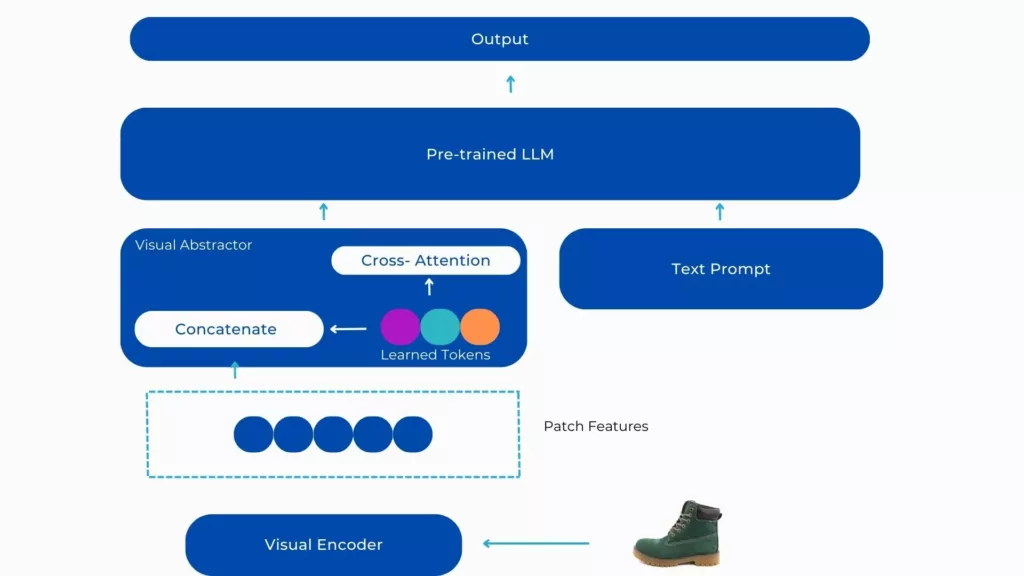
mPLUG-Owl architecture for improved image captioning using LLMs
Case Study:
From Concepts to Tangible Content -
Watch papAI 7 Demonstration
Watch the #papAI7 demo and redefine your possibilities, this live demo shows off the innovative prowess of the latest iteration of papAI, which promises to revolutionize content creation by harnessing the power of #adaptability and #scalability:
Create your own AI-based tool with the papAI solution and improve your customer support
You have the opportunity to completely transform your customer support strategy with papAI solution. With the help of our platform, you can create an AI-driven toolset that is specifically tailored to meet your requirements. You can improve the accuracy and efficiency of your content creation efforts by using state-of-the-art machine-generated learning approaches.
Book your personalized demo today to discover how papAI solution can transform your AI landscape. Our team of experts can help you create a custom AI-based tool that meets the unique needs of your organization.
Interested in discovering papAI
Our team of AI experts will be happy to answer any questions you may have
Why AIOps Is Key to Cyber Threat Detection in Defense?
Why AIOps Is Key to Cyber Threat Detection in Defense?...
Read MoreHow AI Transforms Predictive Maintenance in Defense Equipment
How AI Transforms Predictive Maintenance in Defense Equipment In a...
Read MoreHow to Scale AI Without Breaking Your Infrastructure in 2025
How to Scale AI Without Breaking Your Infrastructure in 2025...
Read More